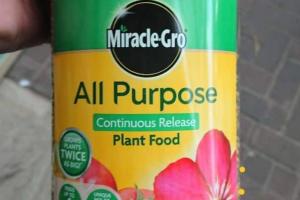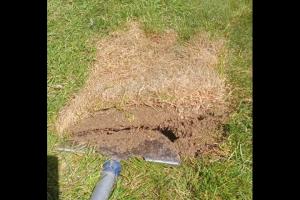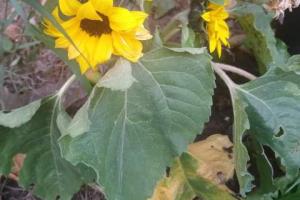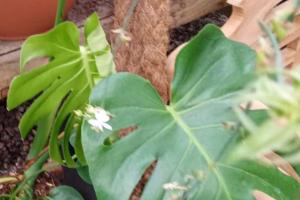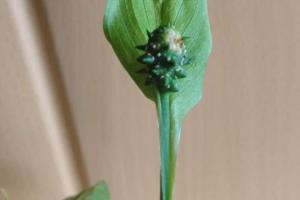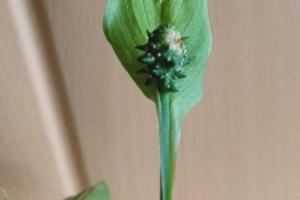What are wetlands?

Wetlands come in many shapes and forms, and some types are quite singular in terms of their functions, as well as their endemic flora and fauna.
1 . Definition of a wetland
The RAMSAR Convention (Ramsar Convention on Wetlands of International Importance) defines wetlands as areas of marsh, fen, peat and or water, whether natural or artificial, permanent or temporary, with water that is static or flowing, fresh, brackish or salt, including areas of marine water the depth of which at low tide does not exceed six meters. Moreover, they are key sites in the migratory routes of many bird species.
2 . What are the characteristics of wetlands?
Wetlands can be described based on their structure or their function:
Based on their structure: wetlands are ecosystems formed by biotic and abiotic components, which interact as an ecological unit. Biotic components are living beings like aquatic flora and fauna, riparian vegetation and terrestrial fauna associated to riparian vegetation. On the other hand, abiotic components are non-living elements (matter and energy) that interact dynamically with the different biotic components in the wetland. Based on their function: wetlands are part of the hydrological pattern of basins; they are very diverse, based on differences in the magnitude, frequency and duration of water flow in the river basin. Therefore, wetlands depend on the environmental conditions in the river basin, such as direct water inputs (for example: rivers) or indirect inputs (for example: runoff) which affect their functioning, climate changes that can modify whether they are seasonal or permanent, the availability of nutrients which alters the pH, soil salinity, and other properties of sediments present in wetlands.3 . Classification of wetlands
Based on the Ramsar classification of wetland type, we can separate wetlands according to their location into the following types:
Marine and coastal wetlands, with several types: shallow marine waters; marine subtidal aquatic beds; coral reefs; rocky marine shores; sand or pebble shores; estuarine waters; intertidal mud, sand or salt flats; intertidal marshes; intertidal forested wetlands; coastal brackish/saline lagoons; and coastal freshwater lagoons. Inland wetlands, with several types: permanent inland deltas; permanent rivers/creeks; seasonal/intermittent/irregular rivers/creeks; permanent and seasonal/intermittent freshwater lakes; permanent saline/brackish/alkaline lakes; seasonal/intermittent saline/brackish/alkaline lakes and flats; permanent and seasonal saline/brackish/alkaline marshes/pools; permanent freshwater marshes/pools; seasonal/intermittent freshwater marshes/pools on inorganic soils; non-forested peatlands; alpine wetlands; tundra weltands; shrub-dominated wetlands; freshwater, tree-dominated wetlands; forested peatlands; freshwater springs, oases; geothermal wetlands; and karst and other subterranean hydrological systems. Human-made wetlands, with several types: aquaculture ponds; artificial ponds; irrigated land; seasonally flooded agricultural land; salt exploitation sites; water storage areas (reservoirs/barrages/dams/impoundments); excavations; wastewater treatment areas; and canals and drainage channels, ditches.4 . The importance of wetlands
The importance of wetlands comprises the many environmental services they contribute. For example, they have an important role in the water cycle as they regulate water flows, are sources of drinking water and attenuate the effect of floods, serving as a buffer against storms and hurricanes. Furthermore, wetlands provide habitat for a diversity of animal and plant species, they supply raw materials for different uses (construction, medicinal, etc.) and they regulate the emissions of greenhouse gases to the atmosphere.
The Ramsar Convention promoted the conservation and rational use of wetlands, and each signatory country must designate at least one wetland to the List of Wetlands of International Importance or Ramsar List.



